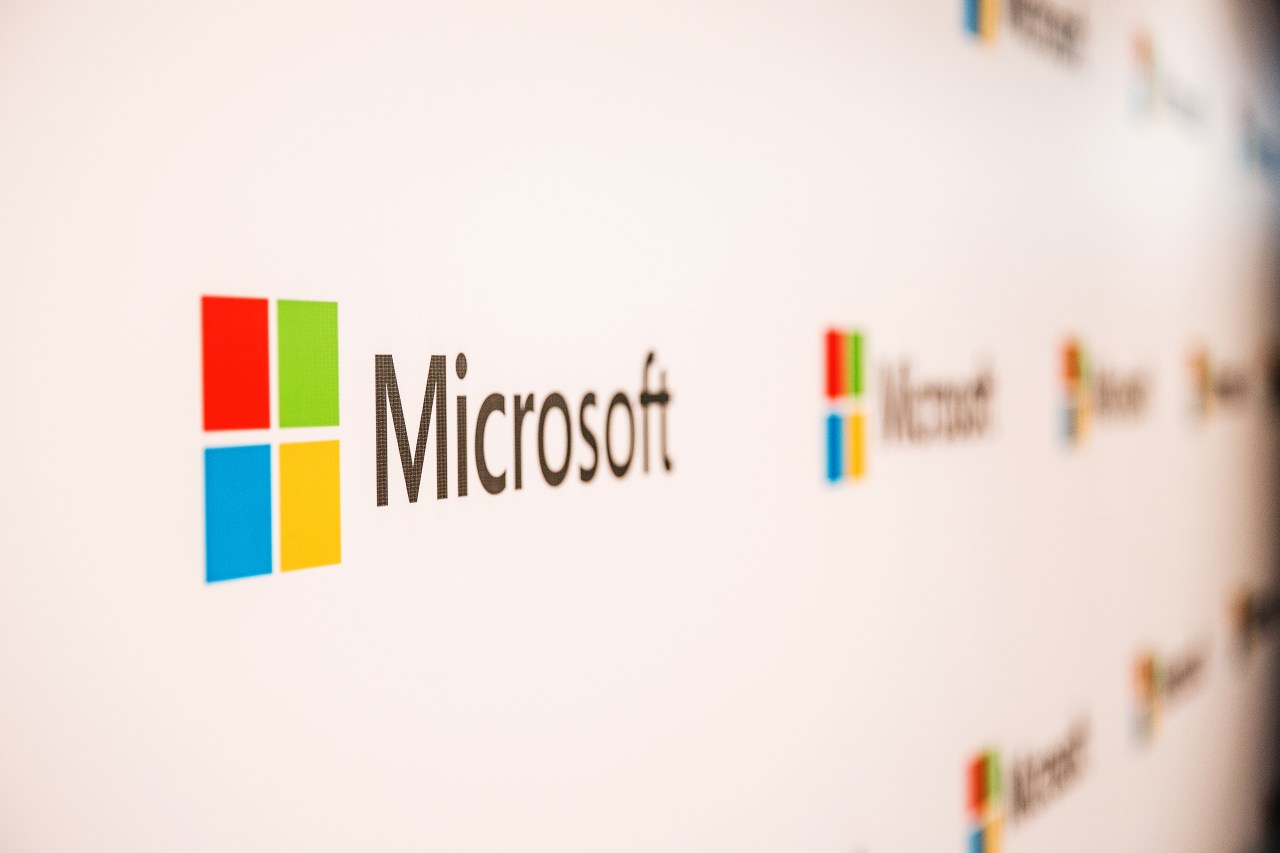The landscape of artificial intelligence (AI) has witnessed dramatic shifts over the years, particularly in the realm of machine learning. As businesses increasingly rely on faster and more efficient computing solutions, Microsoft has stepped up its game with the introduction of Brainwave, a game-changing system designed to harness the power of FPGAs—Field-Programmable Gate Arrays—for ultra-low latency deep learning in the cloud. In this post, we dive into what Brainwave brings to the table and how it fits into the broader context of hardware acceleration in machine learning.
Understanding Brainwave: A Leap in Deep Learning
Microsoft’s Brainwave employs Intel’s Stratix 10 FPGAs, allowing an impressive sustained performance of 39.5 Teraflops on complex gated recurrent unit computations, without requiring batching. This striking level of performance not only sets a new benchmark for efficiency, but it also highlights the capabilities of FPGAs in deep learning applications. By encoding algorithms directly into these chips, Brainwave becomes a highly efficient and reprogrammable solution designed specifically for this purpose.
The Rise of FPGAs in AI
FPGAs, often considered a retro technology, are experiencing a renaissance as tech companies recognize their potential for specialized tasks. Unlike traditional CPUs that are made for generalized processing, FPGAs can be tailored to perform specific operations exceptionally well. As Microsoft invests resources into developing large clusters of FPGAs for its data centers, other players in the industry are also exploring potential. For instance, Mipsology—a startup heavily focused on FPGAs—has collaborated with Amazon to enhance accessibility through AWS.
How Brainwave Stands Out
- DNN Processing Units: Microsoft has ingeniously incorporated deep neural network (DNN) processing units within its FPGAs. This evolution allows for rapid adaptability to new research, enabling close to real-time processing of advanced neural networks.
- A Collaboration with TensorFlow and CNTK: Brainwave is designed to synergize with both Google’s TensorFlow and Microsoft’s own Cognitive Toolkit (CNTK). This versatility ensures that developers can easily integrate Brainwave into various workflows.
- Beyond AI: The Future of Custom Chips: While Brainwave marks a significant advancement, it also sets the stage for a future populated by custom chips targeting specific processing needs, alongside other initiatives by industry giants like Google and emerging startups, including Rigetti and Mythic.
The Competitive Landscape: Other Players in the Chip Game
The interest in custom chips specifically optimized for machine learning continues to grow. Google’s Tensor Processing Unit (TPU) is among the leaders in this space, with a focus on enhanced performance when running TensorFlow applications. The implications of this ecosystem are far-reaching, as collaborative advancements drive innovation in hardware designed explicitly for AI applications.
Conclusion: A New Era for AI Processing
With Brainwave, Microsoft is not just enhancing its cloud offerings; it’s also pushing the boundaries of what’s possible in the AI computational arena. As businesses look for faster and more efficient ways to process vast amounts of data, the potential of FPGAs and dedicated hardware will only become more apparent. Brainwave represents an exciting step towards achieving near real-time processing capabilities, significantly impacting industries reliant on AI technologies.
At fxis.ai, we believe that such advancements are crucial for the future of AI, as they enable more comprehensive and effective solutions. Our team is continually exploring new methodologies to push the envelope in artificial intelligence, ensuring that our clients benefit from the latest technological innovations. For more insights, updates, or to collaborate on AI development projects, stay connected with fxis.ai.

